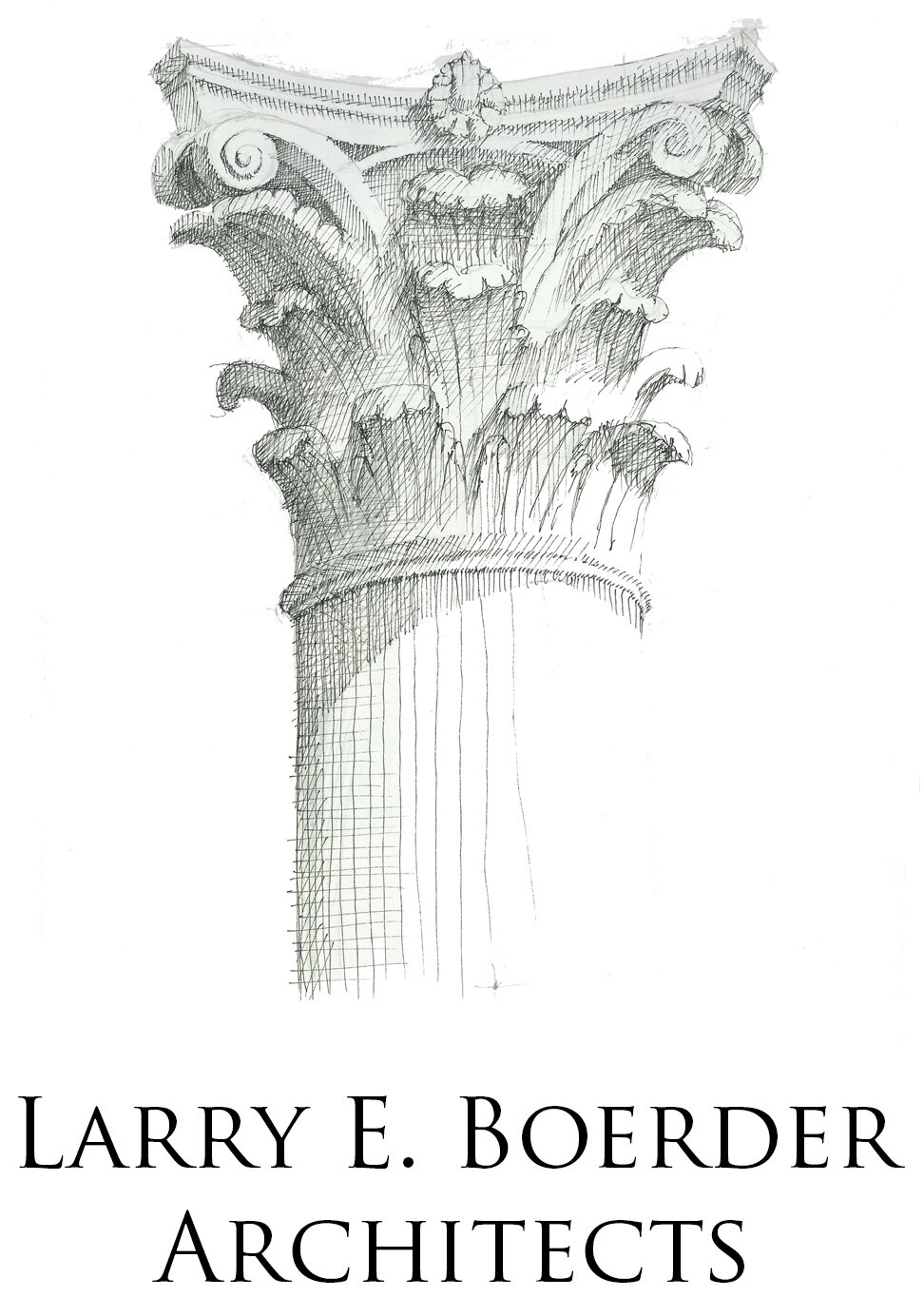Building for a Neighborhood
A few years ago Larry received a string of similarly stated compliments that struck him. Referring to her newly built home, the client stated, “It seems as if this home has always belonged here.” Later, another resident from the neighborhood mentioned an argument ensuing between himself and an out of town guest. “My guest swore that the new home had always been there. It’s almost as if, Larry, you built the home for this neighborhood.”
Strolling through any distinct area, one finds that homes and residences act as both the literal and symbolic building blocks of a neighborhood. They create a sense of affiliation while also differentiating the individual or family that lives there. Here, aspects of design play a key role in developing the collective identity of both the residents and the community at large. Psychologically, architecture produces a sense of belonging. By building sympathetically to the neighborhood, the home and homeowner become invested and apart of that community.
A charming street in Boston’s Beacon Hill neighborhood
Color abounds in this San Francisco neighborhood
Across the United States neighborhoods vary tremendously in appearance. An older neighborhood like Beacon Hill in Boston demonstrates a shared style, shape, and size coherent with its Puritan heritage. Newer neighborhoods like River Oaks in Houston or Highland Park in Dallas reflect architecturally divergent styles that often convey a sense of personal taste or shared ancestral heritage. For example, any single block in the neighborhood of Highland Park will range in style— on the corner might be a French Normandy home, on the south side of the street a Spanish colonial home. Despite the range of styles which might be apparent in a community, it is the architectural execution of these homes that shapes the environment and which helps set the tone and character of a neighborhood. Furthermore, architecture is an essential element that enhances the desirability and sets neighborhoods apart from one another.
How then do you build a new home that sympathetically compliments and adds to that neighborhood without losing a sense of personal taste and aesthetic? How does one design a unique abode that looks as if it has always belonged rather than abides as a dissonant copy or avant-garde intruder? The answer relies on the combination of two simple principles which guide architects like Larry towards the holistic creation of something new. Rooted in Classical ideals, the combination of scale and proportion in tandem with attention to detail create harmony when applied to the customization of a home’s components. The added consideration of other factors like local topography and climate further ingratiate a home within its environment and by extension, its neighborhood. For example, a home built in a warmer climate will likely require a larger roof overhang, and the design might include porches for added ventilation. Using regional stone and other building components not only leave a smaller carbon footprint, but local materials often best suit the environment from which they were produced. Furthermore, local stone generally visually compliments the environs of its extraction.
When these principles of scale and proportion in tandem with empathetic design features are applied to the residence, you truly have a home built for a neighborhood.





